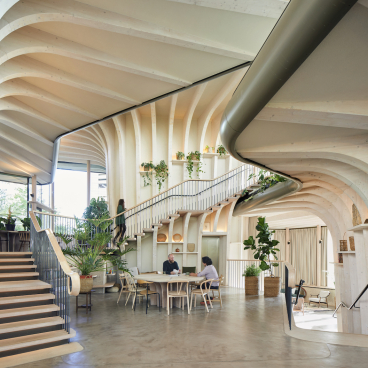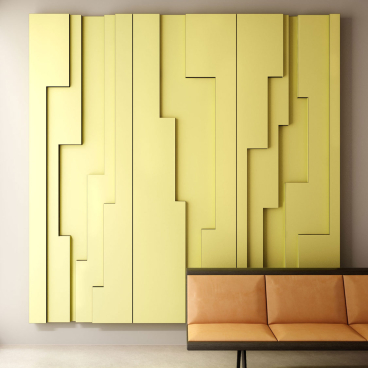Sand Buchanan on childhood influences, material sustainability and the healing power of design and making.
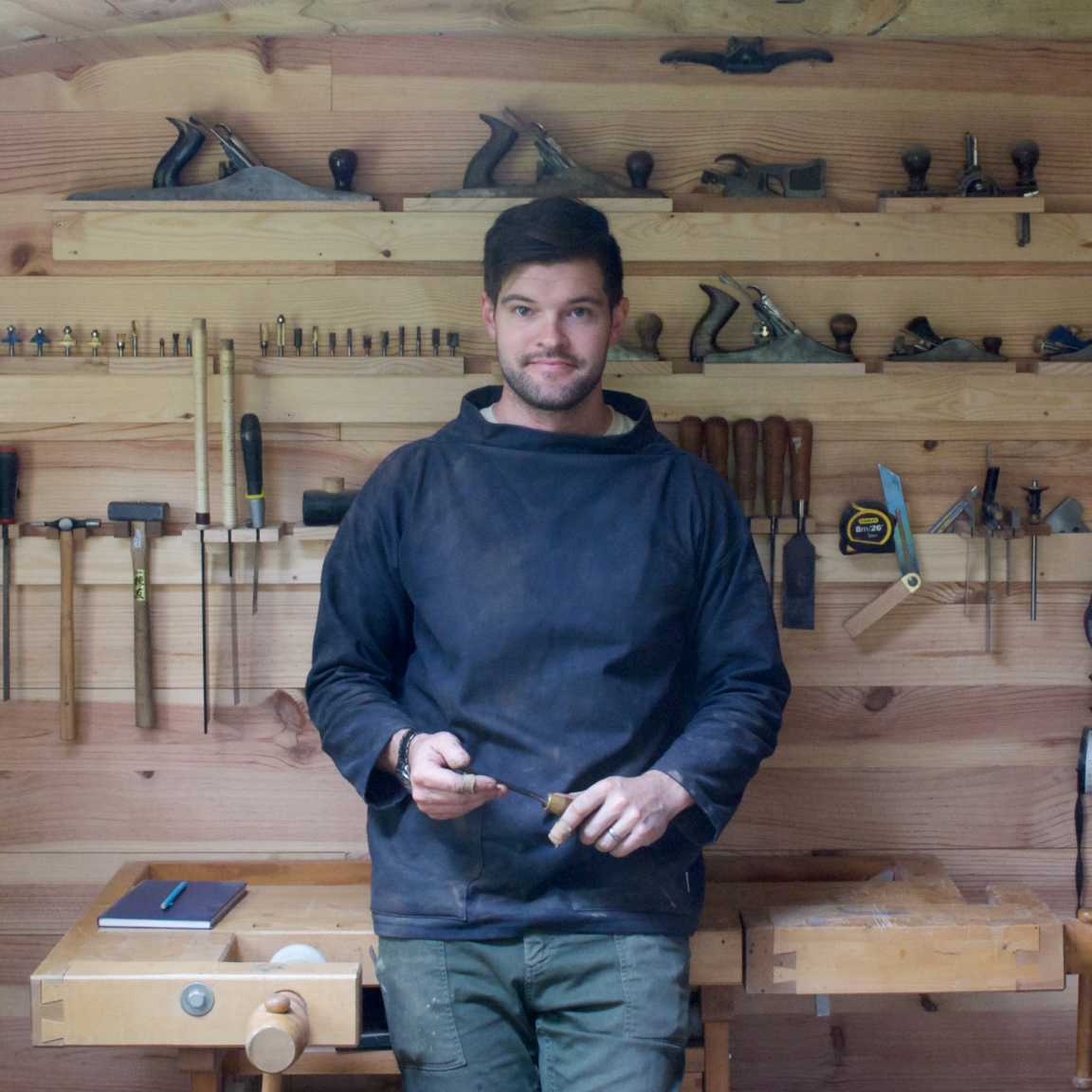
Sand Buchanan
Sandy or Sand to his friends and family is a contemporary furniture maker with a workshop in SE London.
His pieces are rooted in a lifelong fascination with how things are constructed, the techniques used, the mechanics employed, and the behavior of materials. The work is heavily influenced by a childhood growing up in Hong Kong, drawing on Chinese and Japanese forms while maintaining a clean and contemporary feel.
During lockdown, Sand contacted Material Source to help promote the piece that he had produced to auction to raise funds for the NHS. The piece was emotive and beautifully made like all of Sand's work, and resulted in raising a substantial amount of money for this great cause. Sand's work speaks for itself, inspired by his chosen material's natural beauty and influenced by his many life experiences; his passion is undeniable, and his story inspiring.
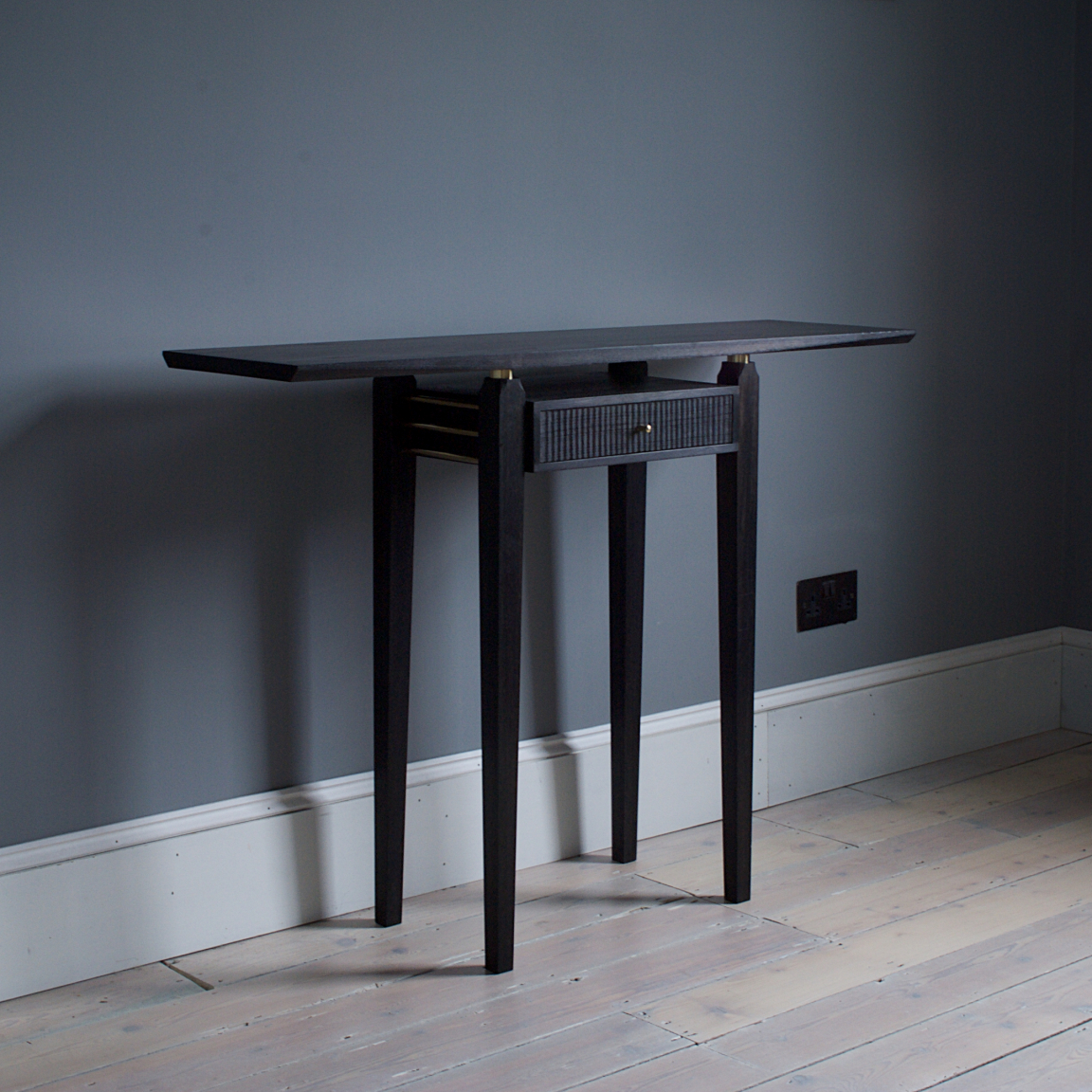
Sand Buchanan
Tell us a little about yourself, and how did you get started?
I am a furniture designer/maker with a workshop based in South London. My work is predominantly furniture, although I also make some sculptural pieces. This is my second career, having started out as a Geoscientist in Oil and Gas working all over the world, including Australia, Russia, and most recently in London. The corporate world wasn't for me; after several redundancies and a period of severe depression, I turned to making and craft, quickly realising the mental benefits of working with my hands.
This move wasn't totally out of the blue as I have always loved making things from a young age, having been encouraged by my dad to tinker, learn, and experiment with different materials. Up until this point, making had been a hobby, but it quickly became a mental lifeline for me. Wanting to take it further and pursue my passion, I did a short course at London Met to make sure I wasn't doing anything I shouldn't and set up Sand Buchanan in 2018.
Out of my workshop, I am either on my bike or looking after my two little boys, Hector and Arthur.
You're very committed to using timber sourced from the British Isles and local to you, tell us more about this ethos?
I believe making furniture in a time of overconsumption and waste comes with an incredible responsibility to be mindful of what you are using and where your materials come from. Only by understanding where they come from can you begin to understand the impact you are having by using them.
Knowing which wood, estate, or street my timber has come from, I can understand why it was felled. In the case of my timber, it is because of storm damage, disease, or as part of a regulated woodland management plan. Being in London, unfortunately, some of my timber does come from developments, but the overarching goal is the same, - saving beautiful timber that would otherwise end up being chipped, burnt or headed to landfill and instead of taking the opportunity to preserve and present it as beautiful pieces of furniture.
Another essential aspect of this ethos is the distance, something we are all already familiar with from the drive to buy food locally to reduce transportation miles. Timber is no different, imported temperate and tropical hardwoods can average between 8,000 and 11,000 km from felling to the end-user. For our UK native timbers, this is closer to 130km, and when I look at where my more local timber comes from, that figure drops to less than 50km.
Through my work, I hope to play a small part in supporting the forestry industry in the UK and am a firm believer that if we don't use it, we will lose it.
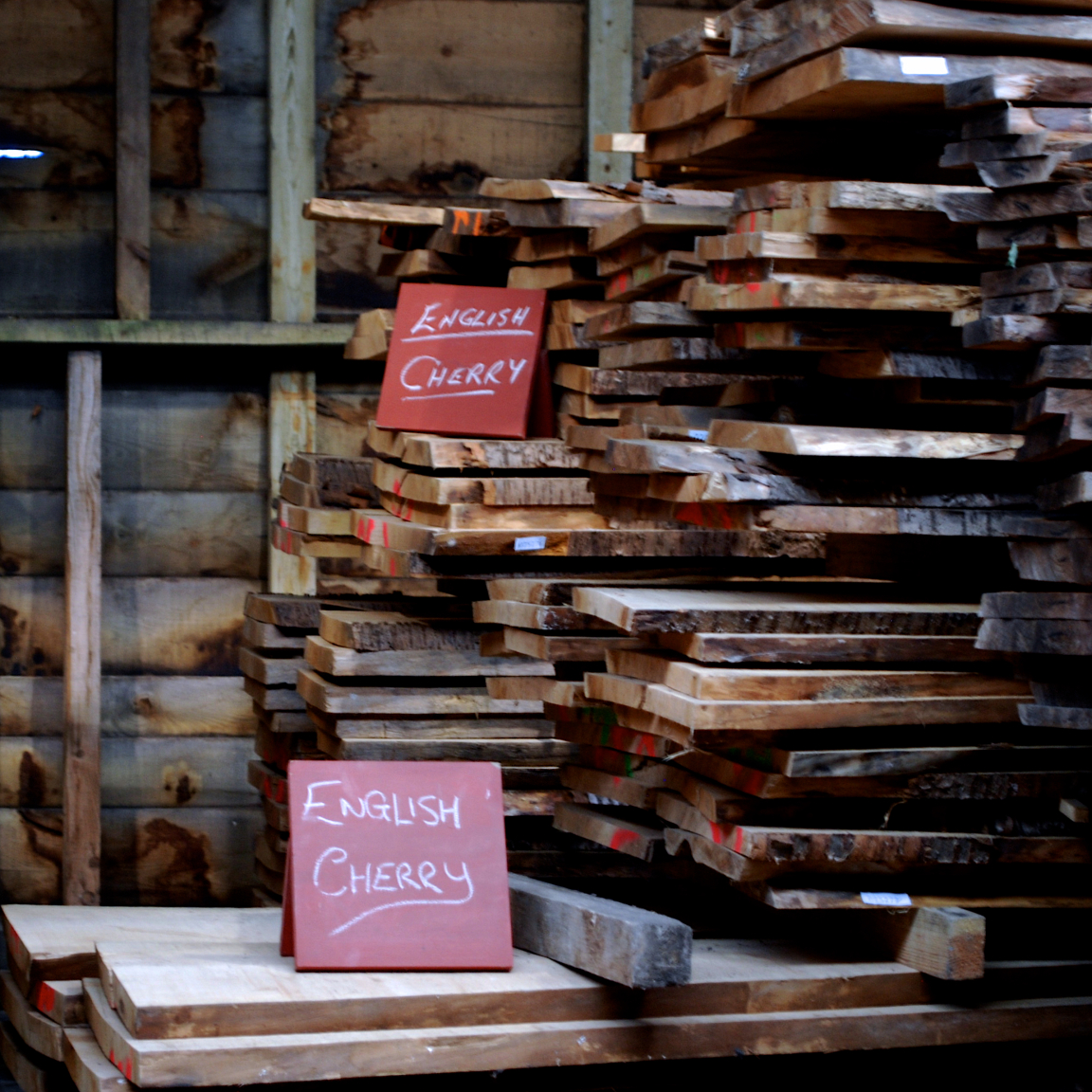
Sand Buchanan
With the above in mind, how important are materials to you, and how do they influence your work?
My practice is the materials I use. The sustainable ethos of Sand Buchanan is based on the use of timber, arguably the most precious resource that we have.
Not many other materials have the breadth of use of timber, from large scale construction to the humble spoon; fewer still can be sustainably produced and biodegradable at the end of their life. And I know of no other material that can do all of this while absorbing carbon dioxide and producing oxygen during production while benefitting the wider environment.
Every piece celebrates the natural beauty in timber and of the tree that it was once a part of. Natural imperfections like loose knots and splits are inlayed and patched, creating a beautiful honesty to every piece and a narrative about what was once a magnificent tree.
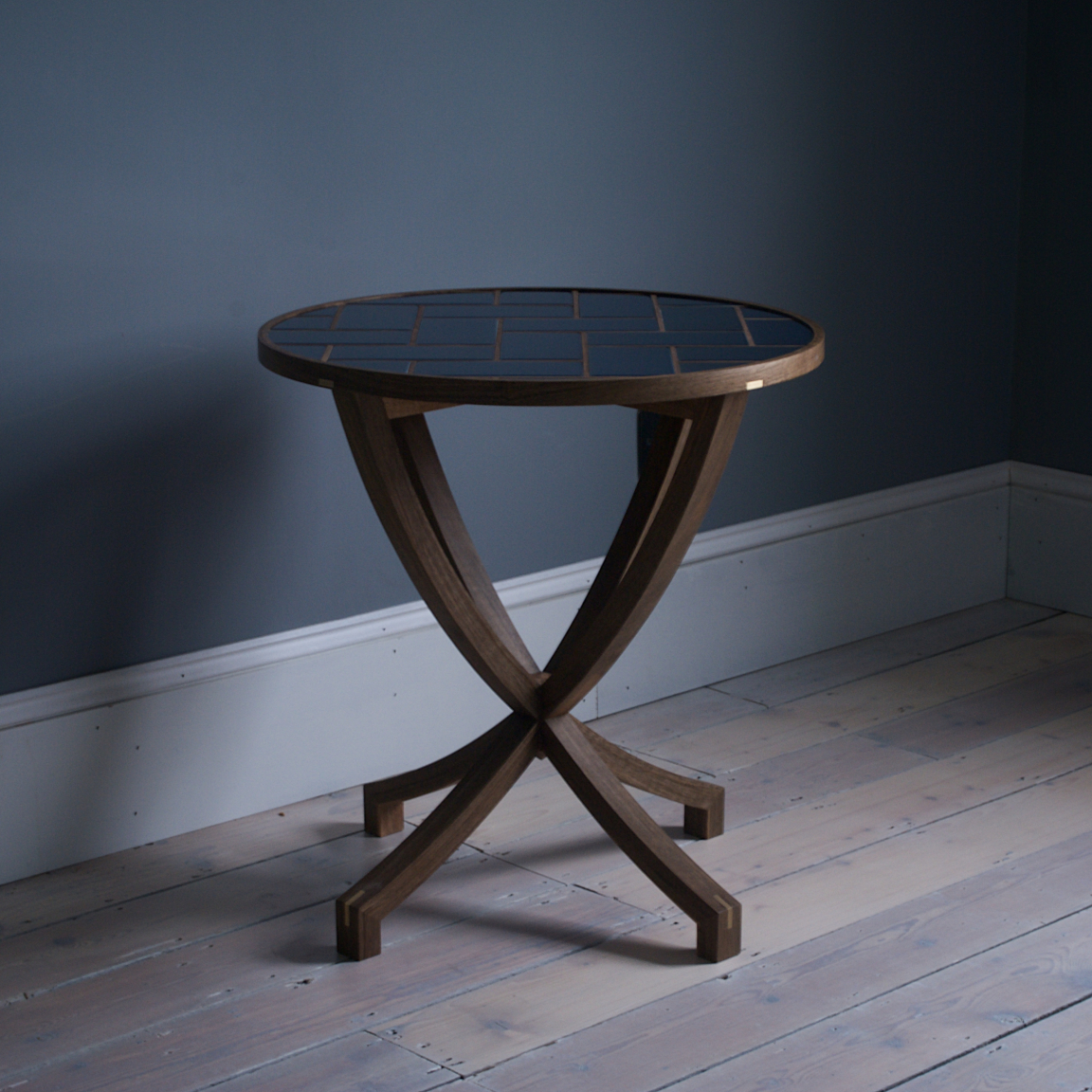
Sand Buchanan
Sustainability and transparency have thankfully become essentials rather than a tick box in recent years, how do you approach this topic?
Sustainability is the foundation of what I set out to create when I set up Sand Buchanan. After my previous corporate career, I took this time to reflect and redefine how I wanted to live and work and what I wanted to contribute to society. Personally, I believe the opportunity to set up your own business comes with the responsibility to do it sustainably.
Hearteningly, it is no longer enough to pay lip-service to sustainability, and that is why transparency is crucial. It's an integral part of my journey with a client ensuring they know where their timber was felled, providing a chain of custody for the materials in each piece.
It is being argued that it is no longer enough to be sustainably minded and that if we want to see a real step-change in our climate crisis, then we need to think regeneratively. UK woodland cover is one of the lowest in Europe, and the Government target for tree planting to help fight climate change is falling woefully short. I am striving to make Sand Buchanan regenerative by reinvesting some of my profits into tree planting across the UK.
I am incredibly proud of what I have established so far, but I am all too aware of how much further I can take it. I will continue to pursue ways to lessen my impact on the environment and help support it through Sand Buchanan.
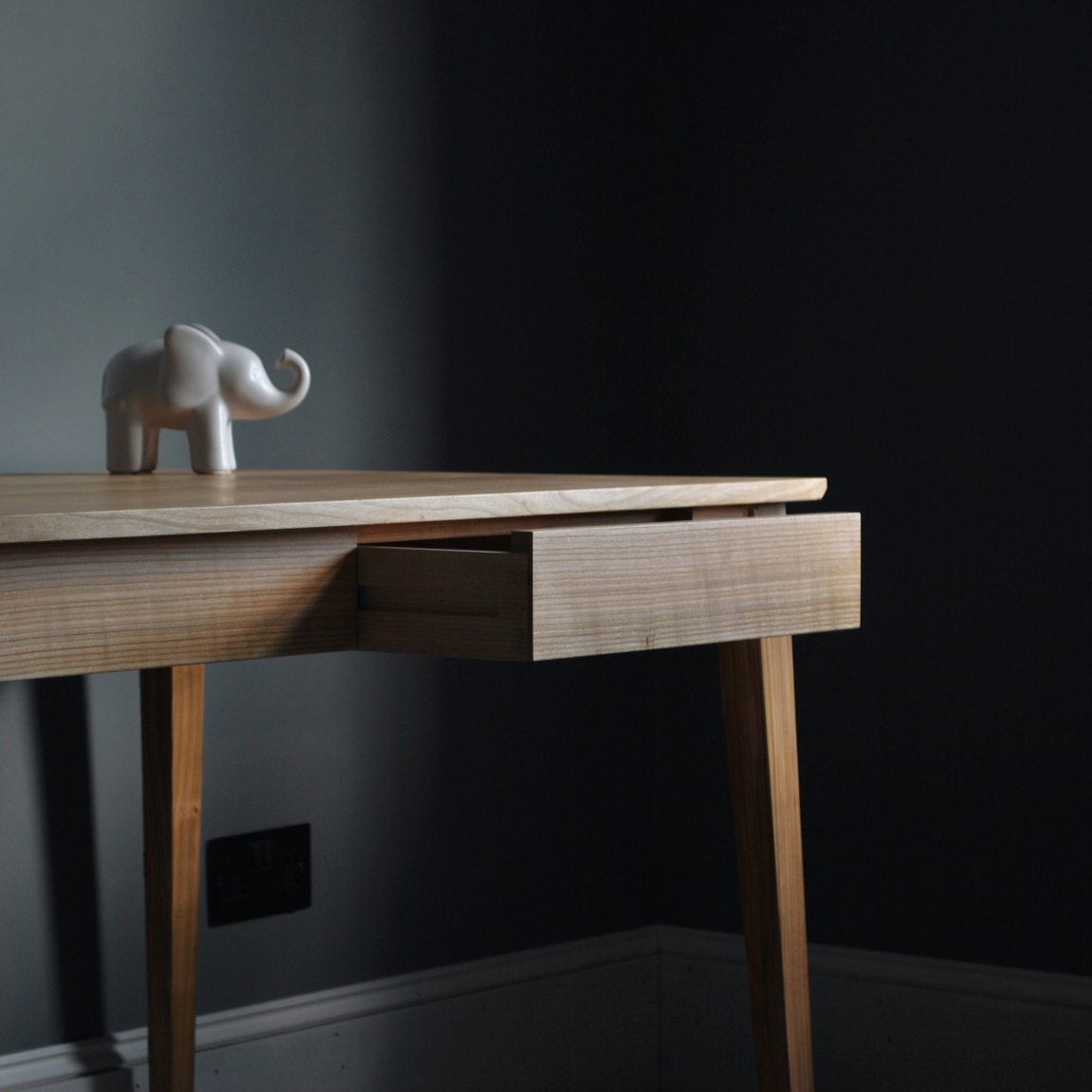
Sand Buchanan
Growing up in Hong Kong must have been fascinating, what influences do you carry into your work from that period?
I was incredibly fortunate to have a fantastic childhood in Hong Kong with exposure to so many different cultures and countries in the Far East. My parents have always had, and still do have, a varied collection of furniture and decorative pieces, from ornately carved and painted Balinese craft to more utilitarian and simpler Chinese cabinetry. I like the forms and find many of my pieces are often a stripped back and contemporary representation of these.
Perhaps the most influential aspect in my work though, is the underlying philosophy and culture surrounding working with wood. Both the Japanese and Chinese have a long tradition and deep appreciation of craftsmanship. Their heritage of working with timber has resulted in a real joy in celebrating and appreciating the perfectly imperfect, which I love and try to channel into my work.
We are fascinated by the creative process; could you briefly talk us through yours?
I love making as a creative outlet, for me, the underlying process is always experimenting with the material. The construction techniques and methods will then inform the aesthetic of a form that is either functional like a piece of furniture, or more whimsical in the case of sculpture.
Hector's Whale is an excellent example of how this process often plays out. Experimenting with steam bending as a technique and having grown up around boats, I spent a lot of time researching its application in boat building and loved the raw functional aesthetic of boat construction. For similar reasons, I was drawn to early aircraft manufacture, which later inspired the use of aluminium. A common thread in nautical and aerospace design is the use of nature to inspire and learn from, and so Hector's Whale represents the functional construction of boats and planes in the natural form of an Orca as though it were man-made.
I am also incredibly lucky to often be able to work to a brief on bespoke pieces. This allows me to focus on particular aspects that interest the client, be it design, size constraints, or a specific application of texture.
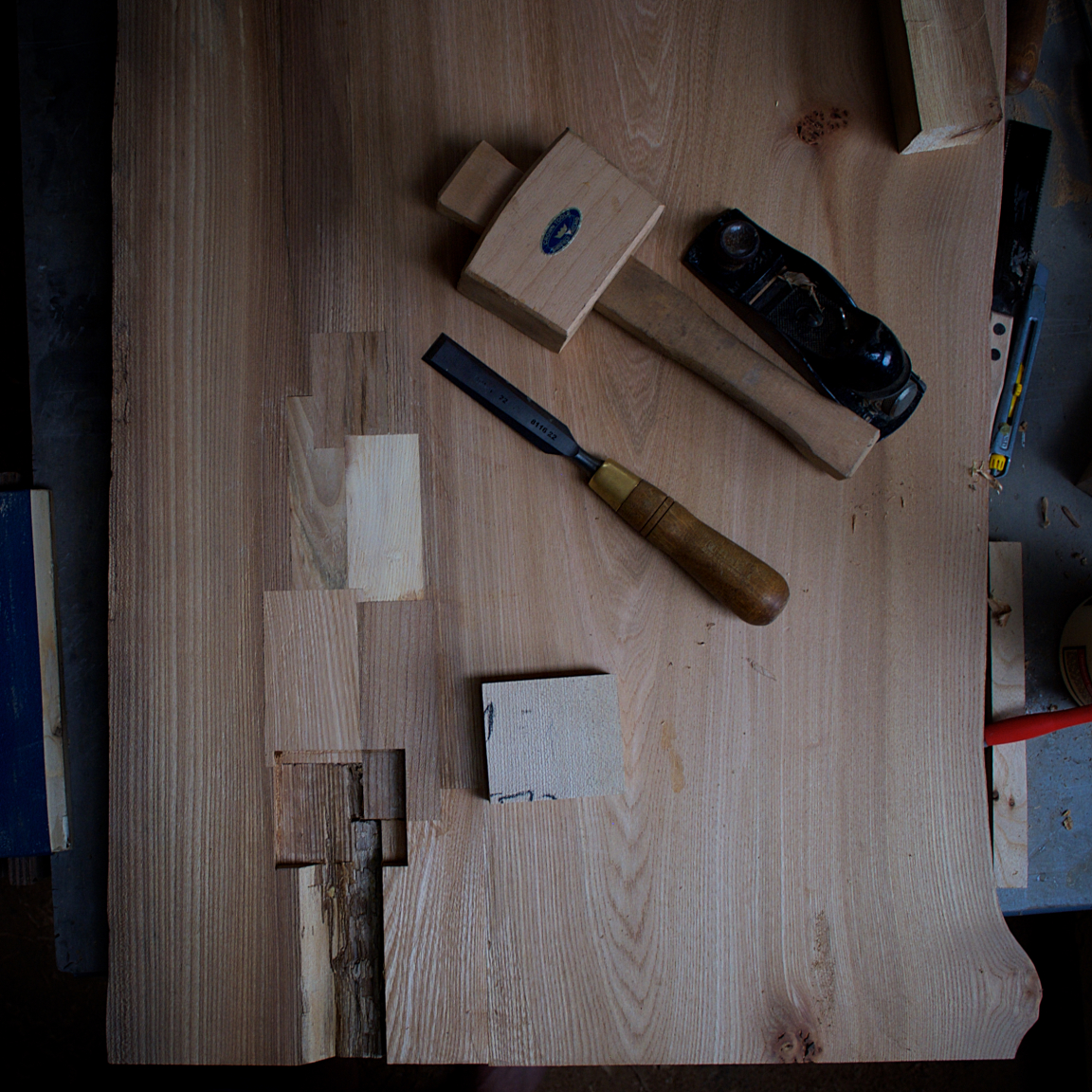
Sand Buchanan
Alongside your own collection and sculptures, you're also available for commissions, can you talk us through a recent project?
Bespoke commissions really excite me; there is always a challenge to overcome and a problem to solve to get clients a piece that they will cherish.
I completed a lovely console/dressing table just before lockdown. The brief was for a dressing table to go in the client's bedroom with some quite particular size requirements and a specific request for some carved texture on the piece.
The room's existing furniture was mainly black, so we settled on an ebonized Sweet Chestnut, felled locally in Elmstead wood, SE London, which gave a contemporary finish. I employed some negative space, the appearance of a floating drawer, and some gentle chamfers on the top's underside to provide it with a real sense of lightness.
As with most of my pieces, there are some subtle but eye-catching details added; brass caps on the legs increase that sense of separation from the top, while contrasting well with the ebonized finish. The drawer front was hand-carved with a ripple-like texture that the client had requested based on my previous work, which brought real tactility to the piece.
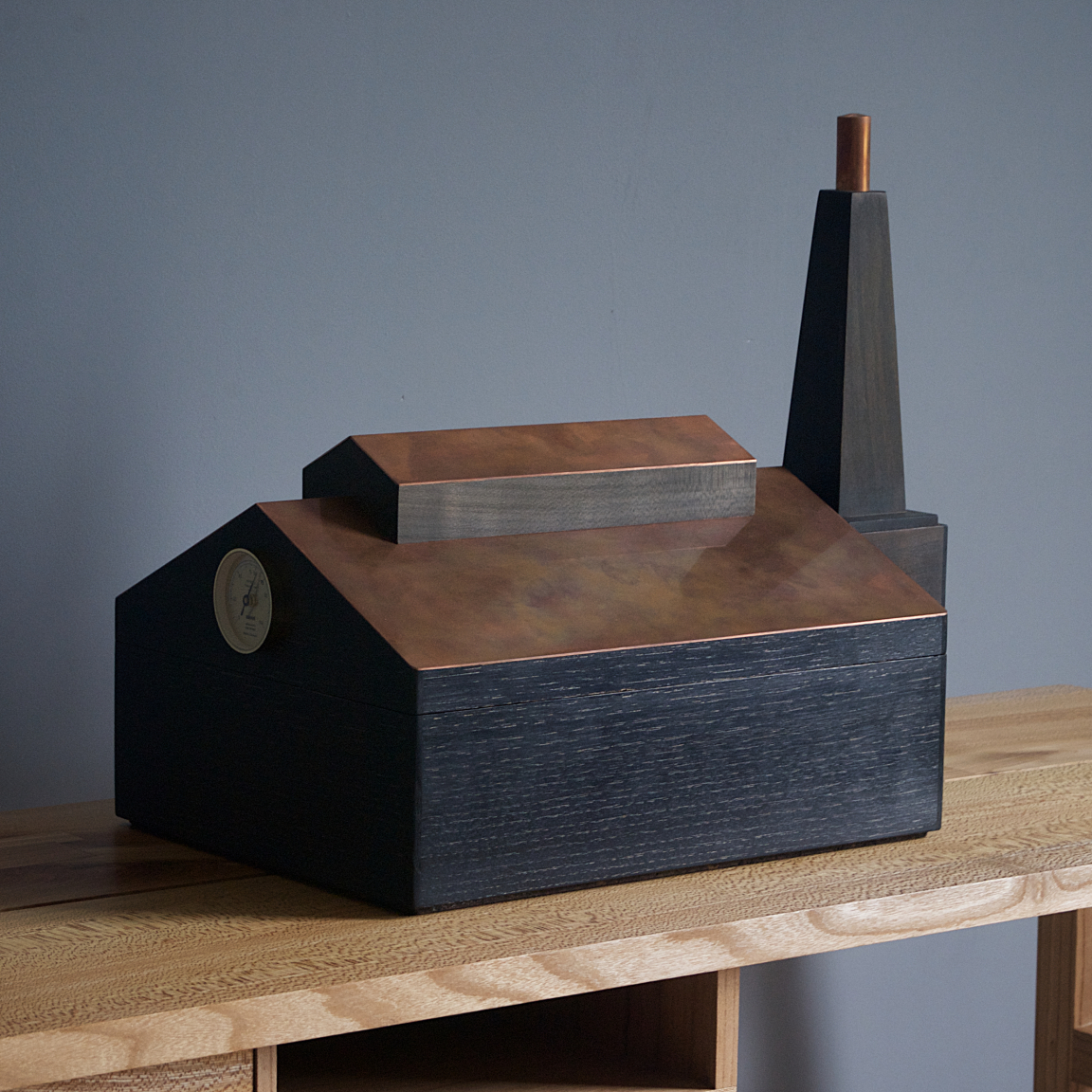
Sand Buchanan
As a world we have and still are going through a significant change as a result of COVID, what have you taken from it personally, and has it / will it alter your approach anyway?
It's been a rollercoaster, hasn't it? Just the most surreal and devastating disease with a scale that has been difficult to comprehend. Closure of schools threw me into looking after my two boys while my wife continued to work long hours. During that period, I made a sculptural piece at home in the evenings to try and keep myself engaged, which I auctioned to raise money for the NHS. I really struggled mentally without the creative drive that I am ever increasingly aware I now thrive on. I've since got back in my workshop, and I'm reminded more than ever just how important it is for me to enjoy those around us, appreciate life, and to have that creative outlet.
The reduction in travel during lockdown has really highlighted the damage that we are doing to the planet, the extent of the climate crisis, and perhaps most soberingly the amount we may be forced to change our ways if we want to stand any chance of preventing it. It is too soon to say, but let's hope we don't all go back to our pre-lockdown ways just because it is easy. I, for one, will continue to look for ways to reduce my impact going forward.
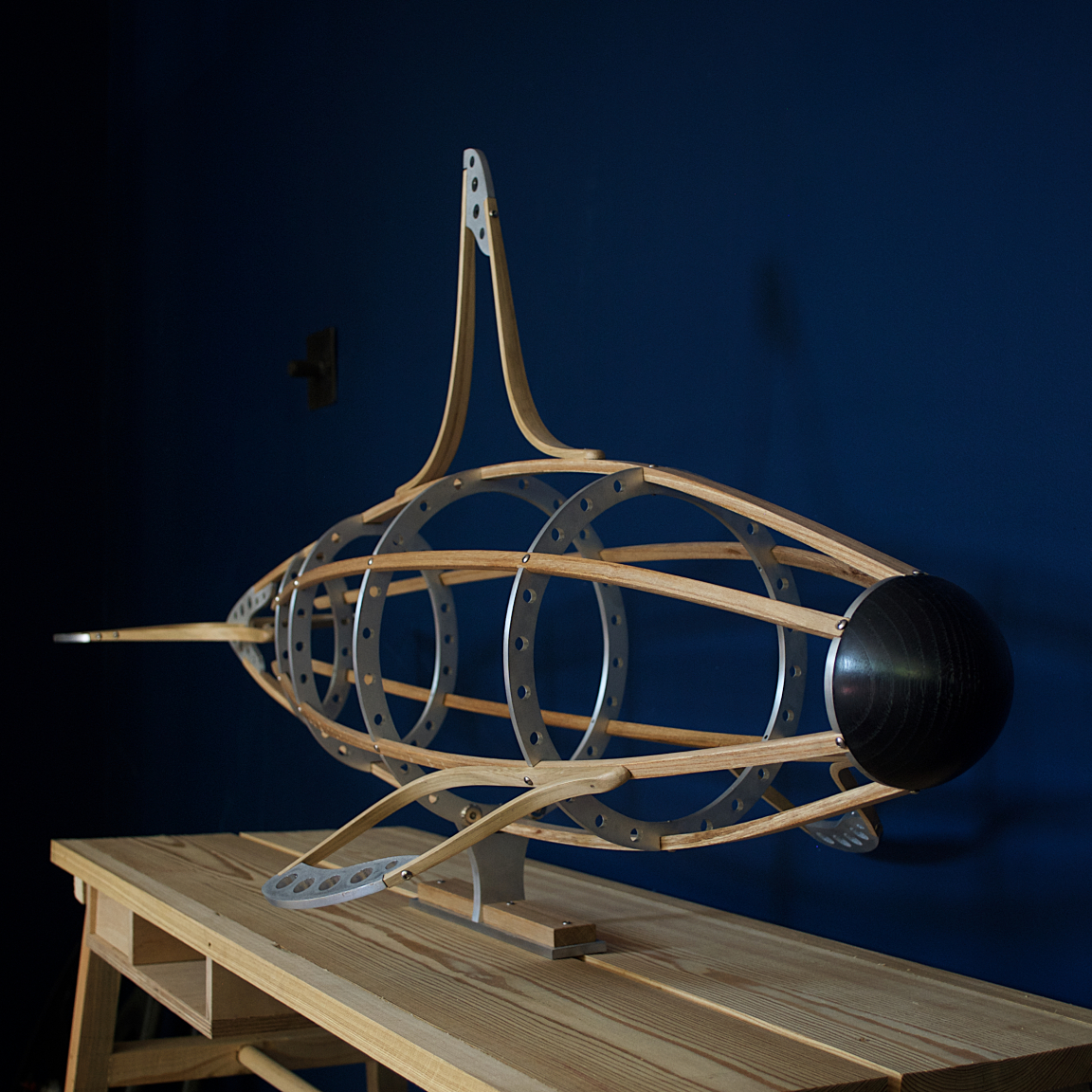
Sand Buchanan
Finally, taking into account the above, what's next Sand Buchanan?
I am always excited to be approached for new commissions. I am thankful to all my clients who are willing to support craft and makers at this time. I currently have a few pieces that are beginning their journey and are in the design stage, as well as a set of side tables presently being made in the shop as we speak.
I would hope that people will continue to think about where their furniture comes from, who made it, where the materials are sourced, and the story behind it.
Discover more about Sand Buchanan.




